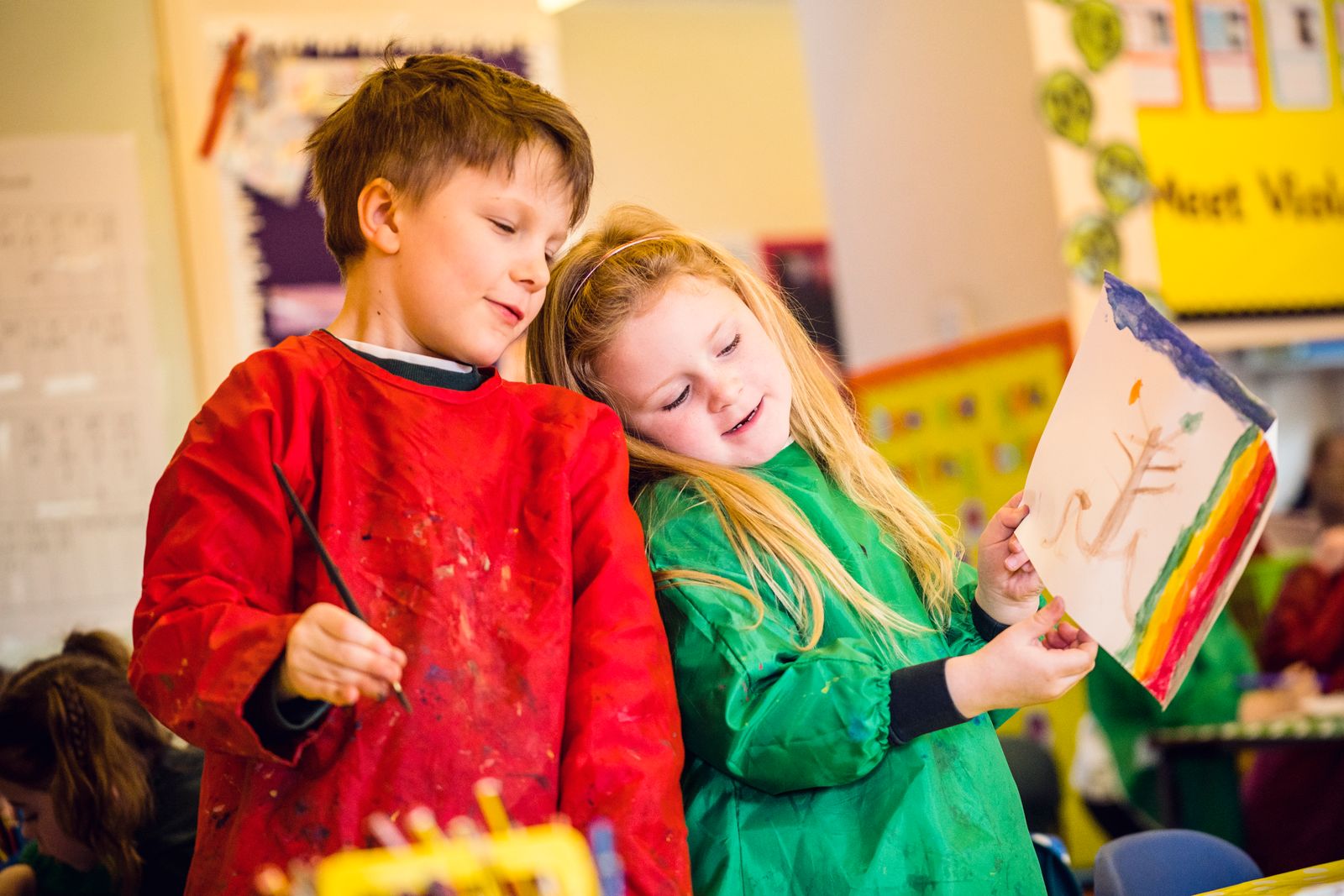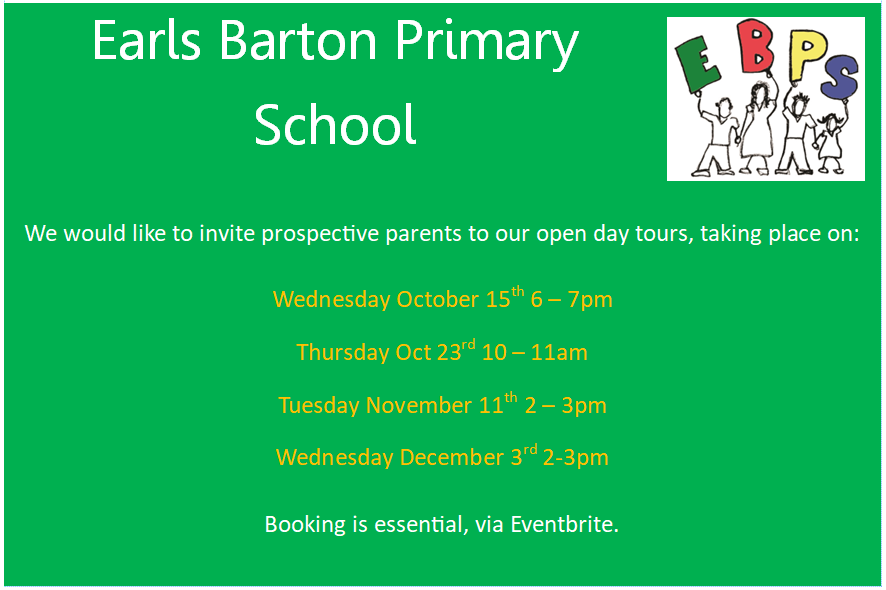Curriculum KEYS: Values, Horizons, Equity, World, Love

|
Subject |
Intent |
Implementation | Impact |
|
|---|---|---|---|---|
|
Writing |
The writing curriculum is designed to provide a broad and balanced education that meets the needs of all children. It provides opportunities for children to develop as independent, confident and successful writers, with high aspirations, who know how to make a positive contribution to their community and the wider society. Our intent is for all pupils – irrespective of their needs, abilities or background – to learn to write fluently, developing their own writer’s voice. We aim to meet, and where possible exceed, the expectations laid out in the Early Learning Goals and National Curriculum, with pupils progressing appropriately across school. We recognise that spoken language underpins the development of Writing. The quality of language that pupils hear and speak is vital for developing their vocabulary and grammar and their understanding Writing. We believe that children need to develop a secure knowledge-base in Literacy, which follows a clear pathway of progression as they advance through the primary curriculum. We believe that a secure basis in literacy skills is crucial to a high quality education and will give our children the tools they need to participate fully as a member of society. We cultivate a love of Writing and communicating through vocabulary rich and high quality literature, using Ready Steady Write by Literacy Counts. By inspiring and developing an appreciation of our rich and varied literary heritage and providing meaningful and exciting provocations to write, we develop a habit of writing widely and often. We recognise the importance of nurturing a culture where children take pride in their Writing; can write clearly and accurately and adapt their language and style for a range of contexts. |
Organisation and Curriculum Coverage Ready Steady Write empowers teachers to provide high-quality teaching of writing through high-quality literature. These detailed units of work centre on engaging, vocabulary-rich texts, with a wealth of writing opportunities within and across the curriculum. They provide:
Our English curriculum is developed around a sequence of high-quality age-appropriate texts, using Literacy Count’s Ready Steady Write units of learning. We use each book to create opportunities to:
Building on this foundation, we teach literacy using a range of strategies which include:
Class teachers ensure that the Writing process is clearly evident on working walls, with modelled examples being available to all pupils as the sequence of lessons develops. Resources Each class will use their Ready Steady Write vehicle texts and supplementary texts which support the themes and genre being taught for that half term. The lesson plans and resources can be found online for teachers to use. Enhancements for the units can be seen in our indoor and outdoor areas in EYFS. Working Walls and Table Resources Each class is expected to develop an English working wall which adapts daily with teaching. Displays should model the writing process and scaffolds needed for children to apply to their own writing. Spellings, handwriting and supporting phonics materials should also be displayed within the classroom to aid children’s writing. Sentence accuracy checkers are available to all children, both in their books and in the environment. They will also be offered in incidental and final writes on self-assessment stickers to be used as prompts by the children in their editing and improvement. Staff will model the expectations throughout the curriculum. Planning The entire writing curriculum is mapped out on coverage and progression documents. Then, the Ready Steady Write units include all of the resources needed for each teacher to plan and deliver lessons. There are a range of scaffolds and supporting resources and teachers tweak and shape the units to meet the specific needs of their children. There are also assessment proformas which are completed following each unit and supports in identifying next steps for children. In addition, children have individual pencil targets closely linked to sentence accuracy work where possible, so they are all aware of how they can improve their own writing. Inclusion Children with English as an additional language: It is vital that children who have English as an additional language have English modelled accurately by all staff at school. Collaborative work with peers (where English is their first language) is essential and EAL children should be provided with consistent opportunities for this verbal interaction. All teachers include a range of strategies to support children with EAL which includes:
Teachers work with the SENDCO to best meet the needs of individuals within their classes. Children who are new to English are assessed and support is put in place to help them make rapid progress. Children with Special Educational Needs: Some children experience learning difficulties, which affect their progress in English. Class teachers inform the SENDCO if they are concerned that a child may have underlying learning difficulties. Some children then receive SEN support. This may include:
Confident and competent writers: Children are given opportunities to deepen their knowledge in writing and to effectively draw upon their reading when constructing texts. writing groups and differentiation. Lesson plans for Ready Steady Write include appropriate challenge and these are considered when delivering lessons. Wider reading opportunities will be provided and children encouraged to develop their own writerly voice. Drawing Club is used in our KS1 SEND/SEMH class. Each week focuses on a different text, focusing on expanding the children’s vocabulary. Each week of learning follows the same pattern, a character exploration, a setting exploration and then three days of ‘Adventure time’ where children are given an ‘unanswered’ question to write about. Oral, discussion skills are focused upon in each session, with the chosen grammatical, spelling and punctation skills chosen for each lesson. |
The innovative practice across the school provides a strong foundation and opportunities for children to collaborate and develop social skills both indoors and out. This curriculum design ensures that the needs of individual and small groups of children can be met within the environment of quality first teaching, supported by targeted, proven interventions where appropriate. In this way it can be seen to impact in a very positive way on children’s outcomes. Experiences will be planned both in and out of school to enhance the curriculum and provide opportunities for Writing for a purpose. Children have opportunities to share their learning with each other, their parents and carers and other learners through school-based and external exhibitions, performances, competitions and events involving other schools. Developing their independence and motivation as learners and their sense of responsibility as future citizens is at the heart of all our teaching and learning. As a result, we have a community of enthusiastic writers who enjoy showcasing their developing literacy knowledge and skills. They are confident to take risks in their writing, and love to discuss and share their ideas. Assessment Teachers draw upon observations and continuous assessment to ensure children are stretched and challenged and to identify those children who may need additional support. Formative assessment of Writing is completed through teachers’ daily feedback to inform future planning. Teachers use the children’s everyday writing and adapt models and input to meet their current needs. Teachers also complete a Reflecting on Unit outcomes document after each half termly unit, to identify next steps and the subsequent units are amended to include these focuses. Daily sentence accuracy work is carefully monitored to ensure children are constructing sentences both coherently and accurately. Regular staff meetings allow for whole school moderation of writing to deepen understanding of standards and ensure planning caters to all children’s needs, especially those most able writers. Subject leaders will analyse termly data and address areas for curriculum development. Children’s attainment, progress and barriers to learning will be discussed in termly Pupil Progress Meetings with senior leaders and clear actions to work on will be planned together, to support pupils and staff in closing gaps. |
|
Subject |
Subject leader |
Subject implementation / curriculum design |
How taught |
How assessed (what’s the impact?) |
|---|---|---|---|---|
|
Writing |
EYFS and KS1 - Emily Sparkes KS2 -Becky Scott |
Ready, Steady, Write is used from EYFS to Year 6. From Year 1 to 6, 2 RSW units are taught per term, including a fiction and non-fiction writing outcome. In EYFS, 1 unit is taught per term, built up to 2 units by the end of the year. Additional, whole-school writing units are also delivered. Drawing Club is used in our KS1 SEND/SEMH class. |
Writing lessons are taught daily. Every lesson in the Immerse through to Plan stage starts with a Sentence Accuracy activity to develop grammar, spelling and punctuation skills. Every unit includes incidental writes to develop the children’s skills producing different writing genres, including poetry. Each unit follows the same process: Drawing club follows the process: |
Assessments for learning are made throughout a unit. This is used to inform teacher/TA focus groups which vary daily, to work on specific skills and include SEND/EAL and GDS. At the end of each unit, children produce an extended piece of writing. This piece of writing is assessed against year group writing statements. This assessment is used to inform future teaching, focus groups and children’s pencil writing targets.
In Drawing Club, the class teacher chooses the appropriate grammatical, spelling and punctuation rules to focus upon in each session, using assessments for learning. |









